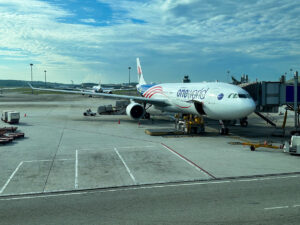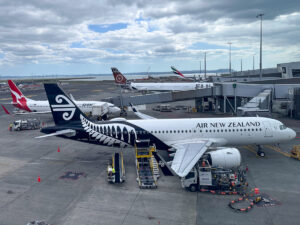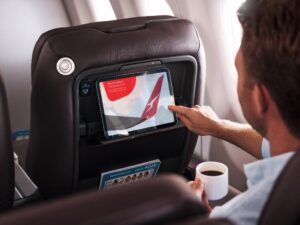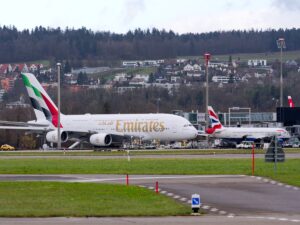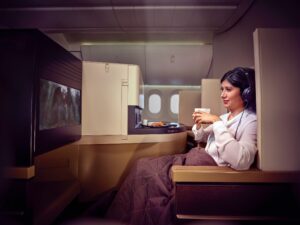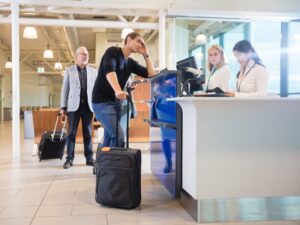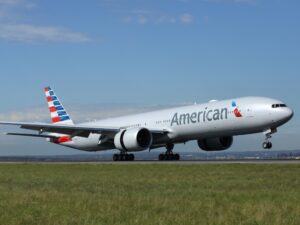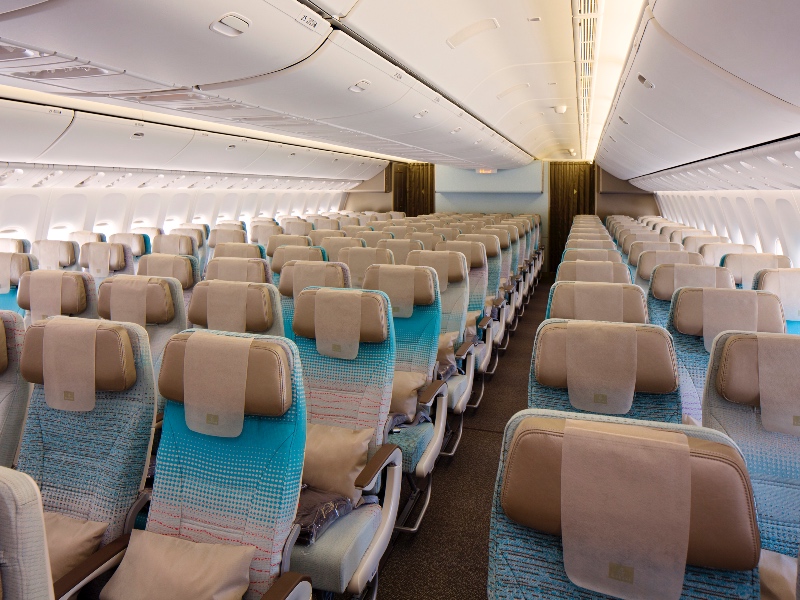
The Australian government has informed international airlines flying into Australia that the reduced inbound arrival caps will be extended until at least the end of October 2021.
Last month, the government halved the maximum number of people allowed to arrive in Australia on commercial flights to just over 3,000 per week. At the time of last month’s announcement, the halved arrival caps were due to be reviewed at the end of August 2021. But it appears that “review” has now taken place, and as feared, the full reduction has now been extended for at least another two months.
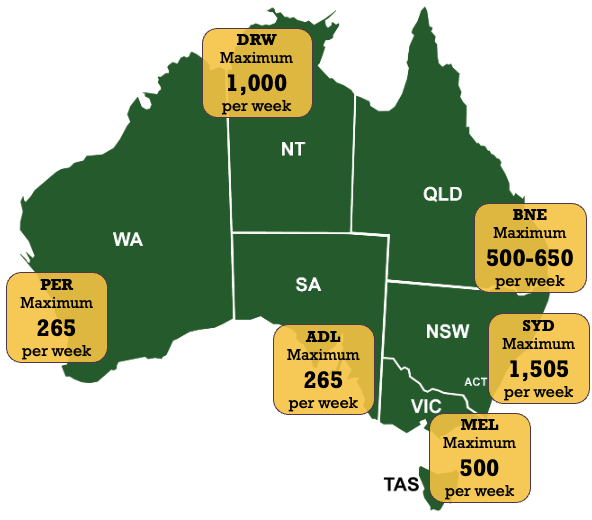
At these caps, airlines are typically restricted to flying around 9-10 passengers per international flight into Melbourne, and around 25 people per flight into Sydney.
Some airlines had previously signalled that they may withdraw services into Australia altogether if the reduced arrival caps were extended beyond this month. In the current environment, it’s not financially viable for many airlines to continue services.
“A number of international airlines have told BARA that they are continuing with their scheduled committed flights until the end of August but flights from September onwards will be reviewed in light of decisions by National Cabinet on the arrivals caps to apply from 1 September,” Board of Airline Representatives of Australia Executive Director Barry Abrams told Australian Frequent Flyer recently.
American Airlines has already withdrawn flights from Australia, and Etihad Airways has also now reduced its services into Australia from next month due to the arrival cap reduction.
The federal government has suggested that the higher international arrival caps won’t be restored until at least 70% of Australia’s adult population is fully vaccinated against COVID-19. But under Phase B of the government’s four-phase plan, which could be reached by around the end of this year, arrival caps would at least be increased for vaccinated travellers.
Thousands of passengers already bumped from September flights to Australia
Most international flights to Australia are already sold out many months in advance. But as the Australian government had previously only advised airlines that the halved arrival caps would continue until the end of August, many airlines had been selling seats on the assumption that the previous caps would be restored next month.
This means that some airlines are now being forced to cancel 50% of their passengers’ bookings to Australia for September and October. That’s around 27,000 more Australians who will not be able to return home over the next two months.
Over the past day, airlines including Qatar Airways have already bumped many hundreds of passengers who were due to travel to Australia in just the first weeks of September. Some of these passengers had already been bumped from flights due to operate this month, and they are now unlikely to be offered any alternative flights in the near future as there simply aren’t any available.
In some cases, passengers are not even being sent notification messages that their flight has been cancelled.
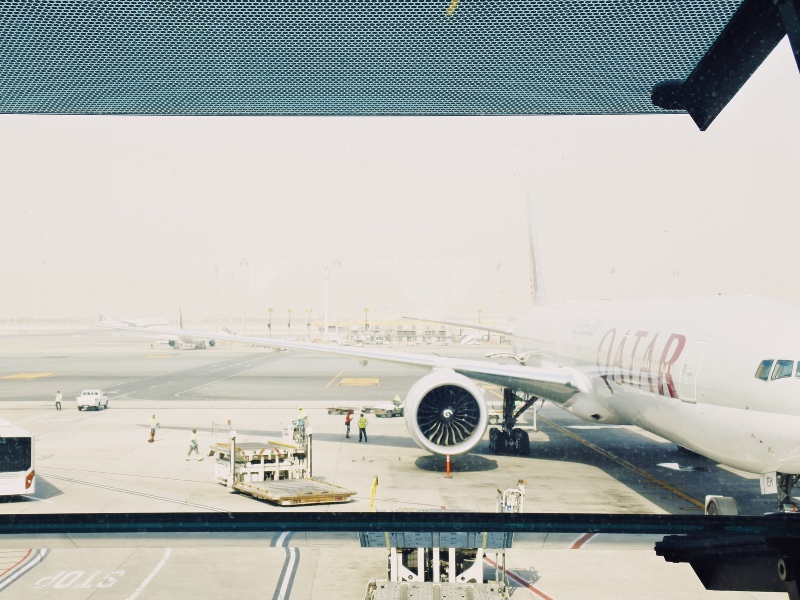
The Australian government is currently planning to run 14 DFAT repatriation flights to Darwin in September. Qantas 787s will bring around 2,000 Australians home on these services from Delhi, London, Frankfurt, Istanbul, Vancouver and Johannesburg next month. But the reduced arrival caps will result in around 13,000 fewer Australians being able to get home on commercial flights over the same period.
There are currently almost 40,000 Australians officially registered with DFAT as being stuck overseas and unable to return home. But the true number of people trying to get to Australia is likely far higher.
Australia’s hotel quarantine system is under pressure
Officially, the Australian government’s excuse for restricting the number of Australian citizens allowed to fly home each week is to reduce pressure on the country’s hotel quarantine system.
Australian Frequent Flyer understands that Queensland’s hotel quarantine system is currently under particularly high pressure due to the number of interstate domestic arrivals currently being forced into mandatory hotel quarantine. With passengers who merely exited Melbourne Airport on an overnight transit to sleep in an airport hotel being placed into hotel quarantine after arriving in Brisbane, it’s not surprising.
The Northern Territory has also recently changed its domestic border rules to reduce the number of Australians allowed to enter the NT from domestic COVID-19 hotspots and quarantine at Howard Springs.
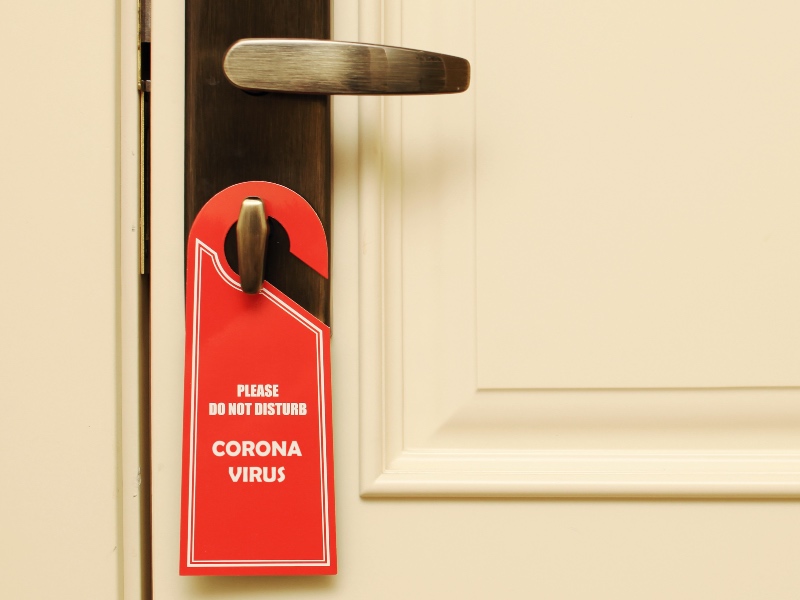
With so much demand, the Queensland government has recently added more new quarantine hotels. But guests staying at one of these new quarantine hotels have complained of sub-par facilities and a lack of food. One wrote in a Facebook post on the Hotel Quarantine Australia group earlier today that they were extremely concerned for the safety and welfare of their infant child, and that “murderers and criminals are treated with more dignity and respect than this in our jail systems”.
Meanwhile, both South Australia and the Northern Territory have recently introduced new restrictions on people travelling to those jurisdictions immediately after completing 14 days of hotel quarantine interstate.
South Australia now requires a further 14 days of self-isolation and COVID-19 testing for people who have just arrived in the state after leaving hotel quarantine in Sydney. And anyone who has just finished hotel quarantine in another state now has to complete 3 days of additional quarantine at Howard Springs when entering the Northern Territory.
Clearly, Australia needs more dedicated quarantine facilities similar to Howard Springs. Sadly, construction on the first new dedicated facility to be built in Australia since the start of the pandemic – the Mickleham quarantine camp near Melbourne – only began two weeks ago.
You can join the discussion about the reduced arrival caps on the Australian Frequent Flyer forum: Australia to Reduce Incoming Int. Passenger Capacity from July 2021
And if you’re trying to fly to Australia during COVID-19, you can check out the guide or join the discussion here: Travelling to Australia During COVID-19 (Discussion)

